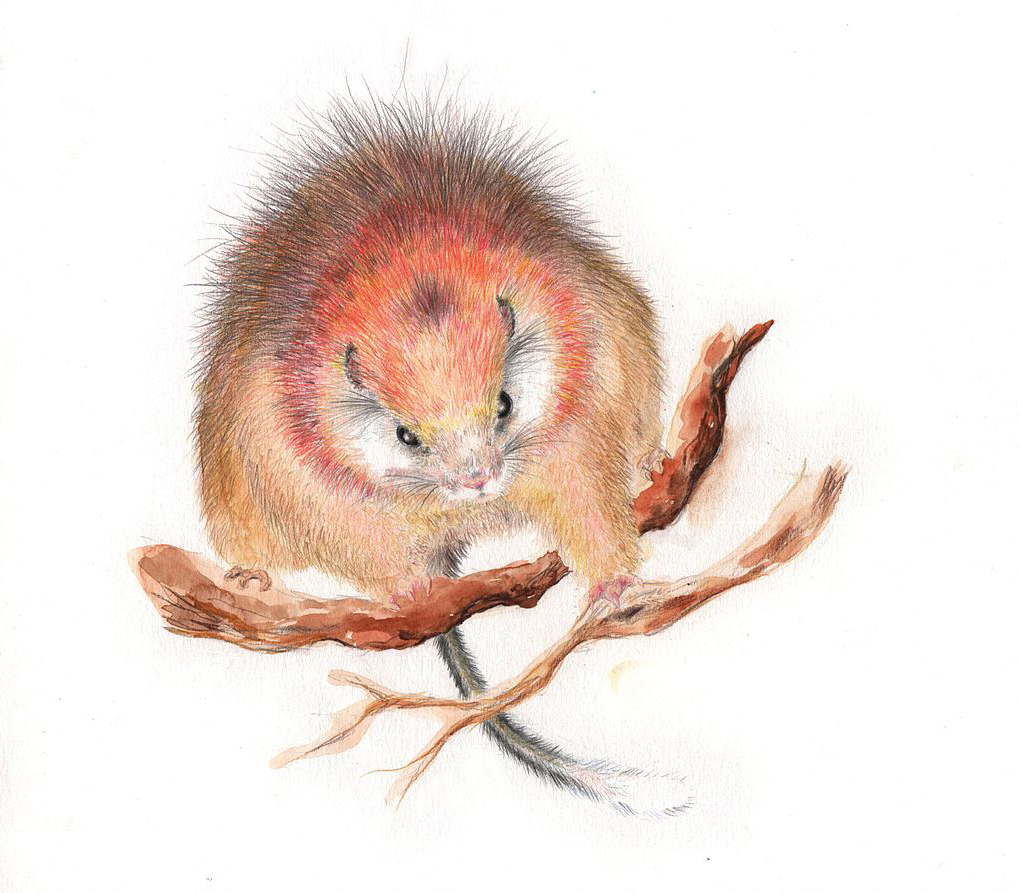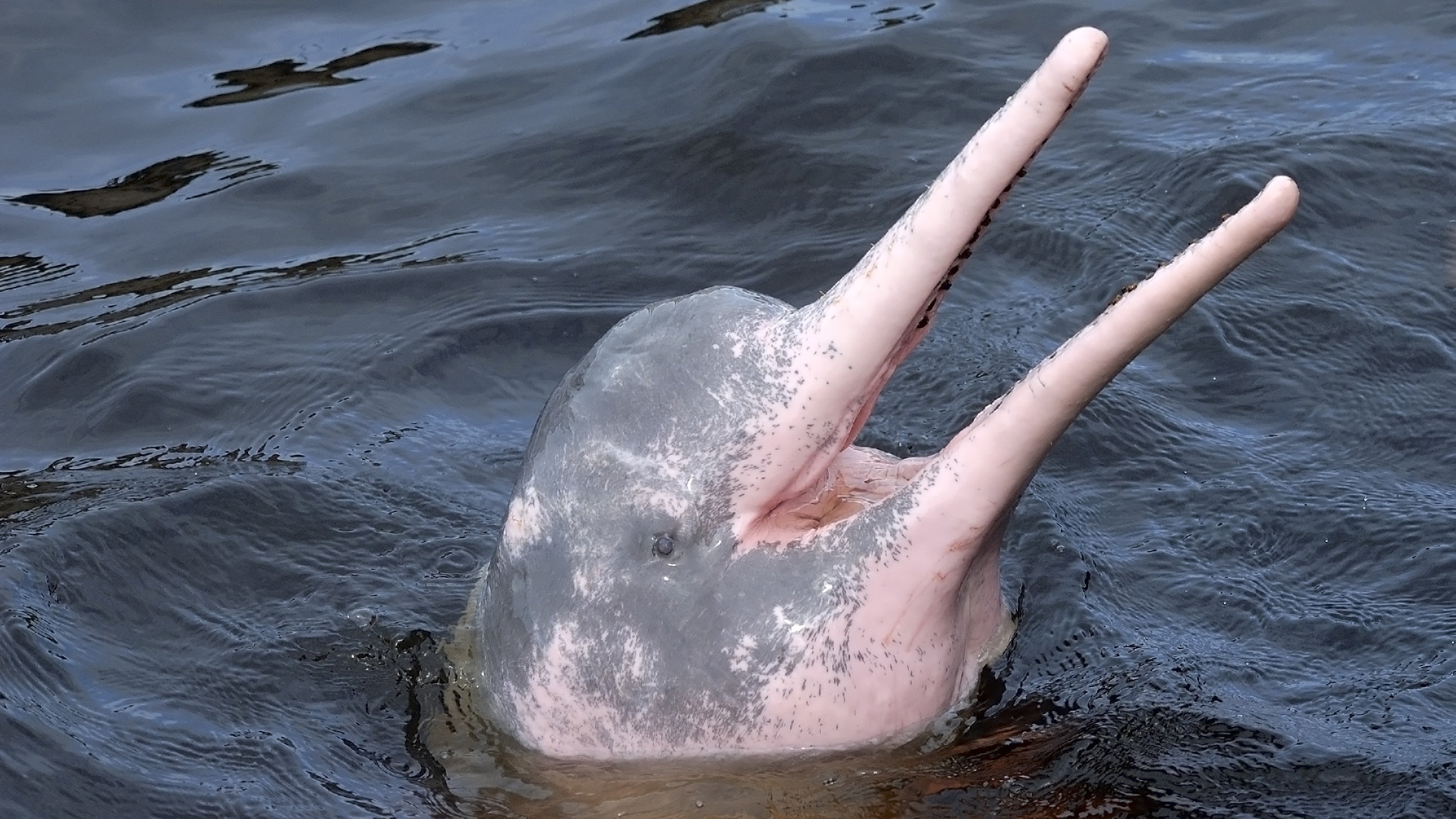Conservation Purgatory: Listing a Species as ‘Data Deficient’
Until the Spring of 2011, the red-crested tree rat had been missing for more than one hundred years.
The gingery, nocturnal rodent (and only the third ever found) was last seen in 1898 — and then, it disappeared. Organized searches in subsequent years came up empty handed: no sightings, no photos, and no animals, dead or alive. There was, in fact, no proof the red-crested tree rat still existed at all until it showed up five years ago at the front door of an ecolodge in a nature reserve in northern Colombia.

After that sighting, the rat was classified as “Critically Endangered” on the International Union for the Conservation of Nature and Natural Resources’ Red List. But just three years earlier, it fell into a different category: “Data Deficient.”
The species in that category are in a sort of conservation purgatory — though biologists know they exist, there is not enough information to judge what, if anything, should be done to protect them. That knowledge gap can be broad, as in the case of the red-crested tree rat, but also includes species like the Amazon river dolphin, or boto, which has been well-studied in protected areas, but less so in the rest of its natural range.
As such, data deficient species are a worrying black box.
“It’s really a global, macroecology issue,” says Lucie Bland, a postdoctoral research fellow at the Centre of Excellence for Environmental Decisions at the University of Melbourne. “For some groups, it’s almost impossible to understand species richness, to identify biodiversity hotspots, and to make prioritization plans for species, because there is so much uncertainty.”
Fifteen percent of all mammals are currently categorized as data deficient. So are 24 percent of amphibians, 18 percent of reptiles, and 44 percent of cartilaginous fish, which include sharks and rays. Most often the species in this category are those that are hardest to study: They are small in body size, or have limited or unknown ranges. Many are nocturnal, live in hard-to-reach places, or are cryptic — known only through anecdotes and never formally identified.
Yet the IUCN is concerned that the category has become too broadly applied — that it is an out, when assessors neither want to understate a species’ status by listing it as “Least Concern,” nor be seen as “crying wolf” by listing it as “Vulnerable.”
“It has tended to be a bit of a dumping ground,” said Mike Hoffman, a senior scientist on the IUCN Species Survival Commission. “In the sense that it often gets used because the realities of the assessment process is that assessors are dealing with high levels of uncertainty.”
Yet other Red List categories do recognize that uncertainty exists, and combat it by allowing assessors to explain the reasoning behind their choice. The data deficient category should therefore only be appropriate, says Hoffman, when there is a truly broad gap in knowledge.
Conservation groups fear that the broad brush used for this category is obscuring the threats faced by species within it.
In 2014, Bland and three colleagues developed a model that estimated the threat status of 493 data-deficient terrestrial mammal species and found that 64 percent were at risk of extinction. Another model, looking at 483 data-deficient terrestrial mammals, predicted a highly elevated threat for 69 percent.
“The species for which we have the most information … are the favorites for biologists,” Bland says. “They tend to be closer to cities, have a large size and big ranges, so we can observe them easily. So our current view of biodiversity is based on a biased sample — that’s what really worrying about data deficient species. We may be underestimating the extinction crisis.”
Bland is currently working with the IUCN to develop more standardized reporting methods for assessors. She recently published a paper finding that it was always more cost-effective to estimate species’ conservation status using predictive models and limited field work, rather than directing all resources towards field surveys and assessments.
More cost-effective assessments could help prioritize conservation efforts, freeing up resources for research while identifying species that are both highly threatened and feasible to protect. Such standards could be particularly useful for lawmakers, who can read “data deficient” as meaning “not threatened” — or choose to delay action until more information arrives. For some species, waiting for more information could be fatal.
Yet Hoffman emphasized that better work on species already within the data-deficient category is only part of the problem.
“The reality is, we’ve only assessed four percent of world’s biodiversity for the Red List,” he said. “So the first priority, going forwards, is to make sure that we improve the way in which data deficiency is applied, and encourage assessors to think constructively about whether they are using it correctly.”
Claudia Geib is a Boston-based science writer and editor specializing in marine and environmental science. Her work has appeared in Nautilus, Atlas Obscura, NOVA Next and MIT Tech Review, among other publications. She is a graduate of the MIT Graduate Program in Science Writing.










